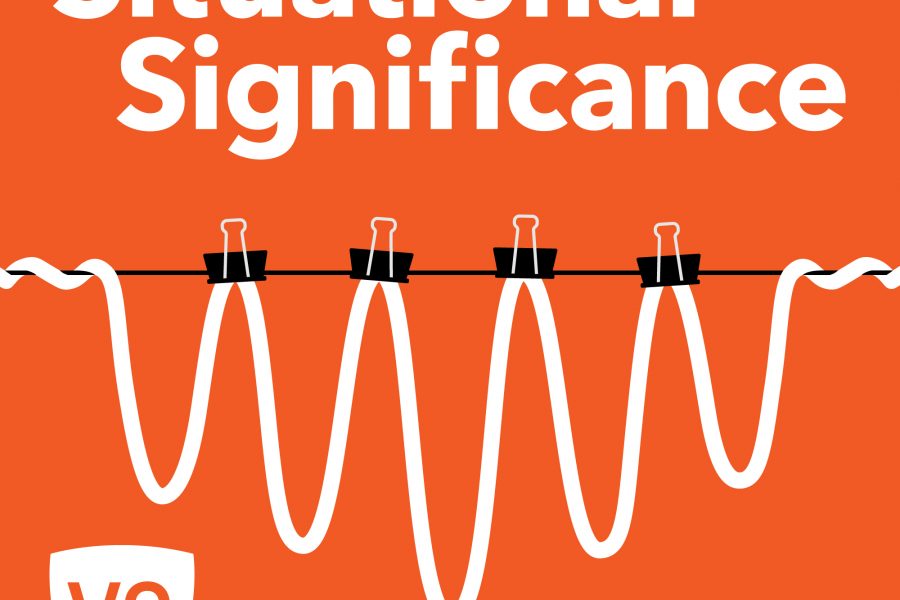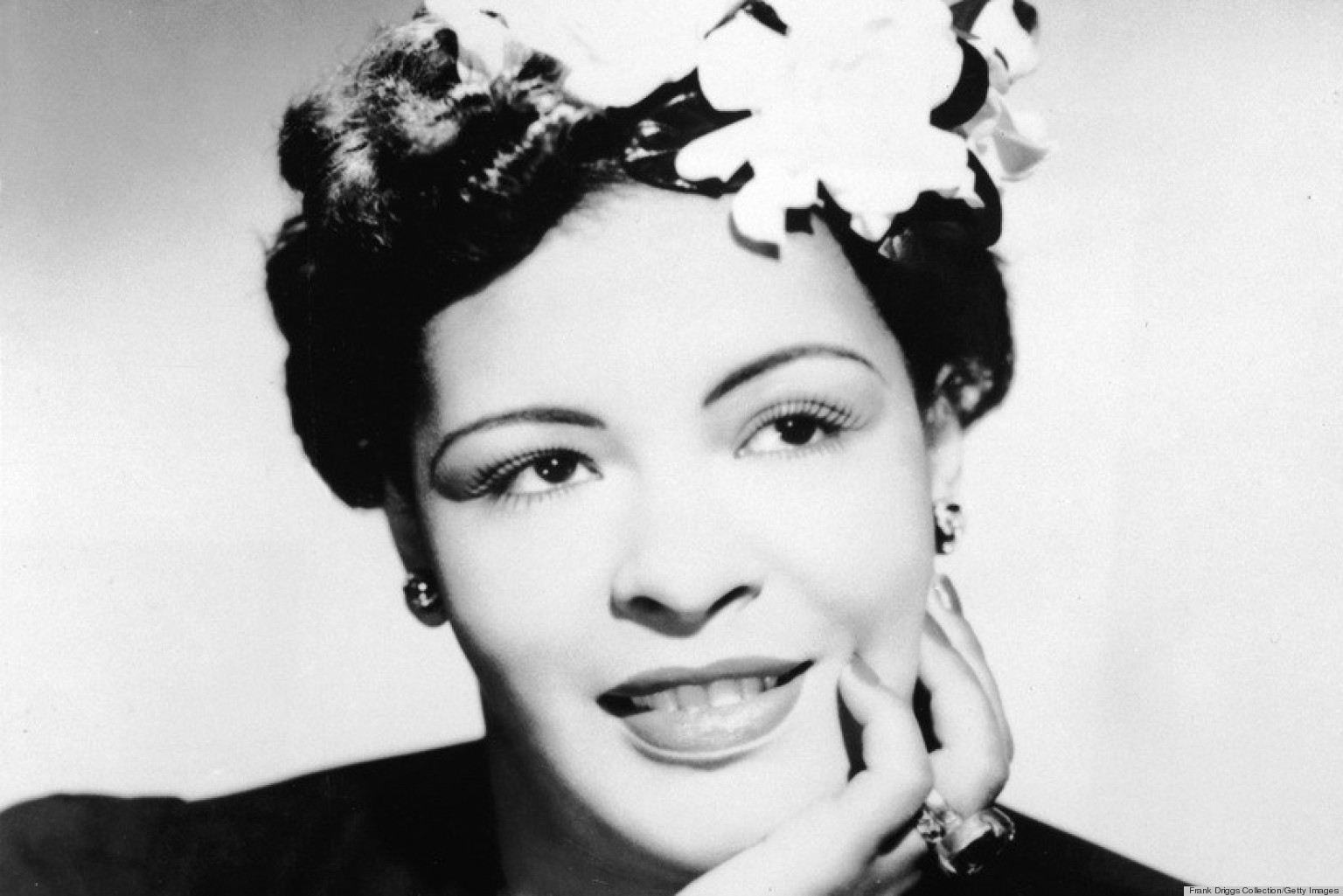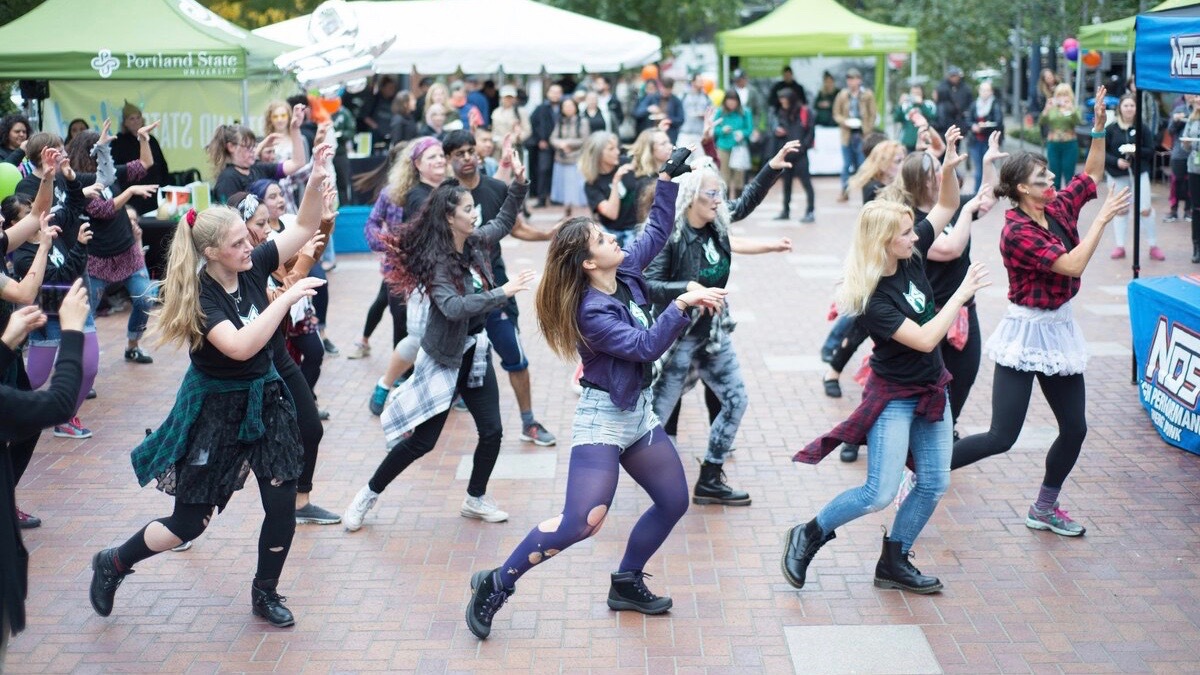Walking into the opening night celebration of “No Human Involved: The 5th Annual Sex Workers’ Art Show” on the night of Nov. 8 felt a bit like entering an inversion of conventional reality.
No longer was the sex worker the “other,” homogenized and marginalized, cast to the fringes of a polite society. Here, the sex worker was the multi-faceted and dimensional subject of a warehouse-like gallery space, where all art was produced by fellow sex workers.
Dozens of people mingled throughout the exhibit, clustering around TVs, sculptures and canvasses: contemporary works with a resonance beyond their materiality. All who walked through the doors of Portland Institute of Contemporary Art on Friday night, including sex workers themselves, experienced an exhibit that seemed to exist independent of society’s expectations and presumptions.
“The goal of this exhibit is to teach people how to listen better,” said Kat Salas, one of three co-curators of this year’s show. Salas and co-curator Matilda Bickers, both founding members of STROLL PDX (Sex Traders Radical Outreach & Liberation Lobby), have run the annual show for five years as a team. This year was their first time partnering with PICA and Roya Amirsoleymani, the third and final co-curator and artistic director for PICA.
All three curators individually mentioned equity as being among their top priorities when picking artists, specifically working to highlight BIPoC and trans voices. Their efforts reflected themselves in the opening night exhibit.
The title “No Human Involved” reflects the traumatic history of the sex work industry. Police in the 1980s picked up the phrase to refer to “crimes involving the murder or injury of sex workers, drug users, gang members, immigrants and transient folks, with Black and Brown populations disproportionately affected,” according to the joint curators’ statement on the exhibit.
The title also reflects the positionality of sex workers, commonly being grouped with other marginalized members of society. The works on display showed the intersections between sex work, addiction, poverty and other factors. In her live performance, artist Juicebox told the audience that she herself is an addict, and that “addiction manifests itself through trauma.” Her performance merged dance, singing and spoken word in an extremely emotional rendering of the Black trans-womanhood experience.
The collaboration with PICA brought a dramatic increase in funding. Salas remarked that “it is our first exhibition…having any kind of real budget to pay artists outside of whatever we had in our pockets.” In years past, “No Human Involved” had accepted all submissions. This year the promise of display in a nationally recognized contemporary gallery—and the pay that comes with that—brought in a slew of submissions from across the globe.
“No Human Involved” runs through Dec. 14.






